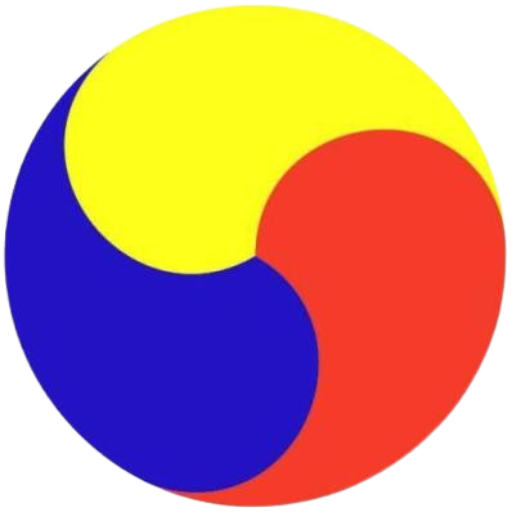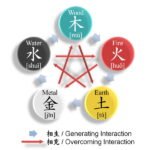
South Korea’s exports to the US, one of its largest export destinations, fell by double digits in August, the first time to do so since the height of the COVID-19 pandemic, as Washington’s tough tariff measures are hurting Korean trade.
Data released by Seoul’s Ministry of Trade, Industry and Energy on Monday showed that the country’s overall exports rose 1.8% year on year to $58.4 billion last month.
Shipments to the US, however, slid 12% on-year to $8.7 billion, the steepest drop since May 2020 when COVID-19 shutdowns shuttered large parts of the US economy, causing a 29.4% decline in Korean exports to the US in the month.

The latest figure also marks the first time in a year that Korean exports to the US dipped below the $9 billion threshold.
EXPORT DECLINE FOLLOWS WASHINGTON-KOREA TARIFF DEAL
The decline followed the conclusion of US-Korea tariff negotiations at the end of July, with US duties hitting key Korean export categories.
Car shipments to the US fell 3.5% in August from a year earlier, while auto parts tumbled 14.4%.
Exports of steel, which face a 50% tariff, plunged 32.1% last month from the year-earlier period.

So far this year, Korea’s exports to the US totaled $81.2 billion through August, down 4% from the same period in 2024.
“US tariffs are worsening trade conditions and dampening momentum in overall bilateral commerce,” said an official at Korea’s trade ministry.
Exports to the US have fluctuated month-to-month this year.
While Korean exports to the US fell 9.5% in January, when President Donald Trump took office. Analysts largely attributed the fall to the relatively more holidays.

While exports declined 8.1% in May and 0.5% in June, following the US imposition of tariffs on steel in March and automobiles in April, exports to the US have been improving in other months, mainly driven by robust exports of semiconductors and electronics.
STRONGER NON-US EXPORTS
The broader picture for Korean exports is brighter, buoyed by resilient demand in Asia.
Shipments to ASEAN countries rose 11.9% and exports to Taiwan surged 39.3% in August.
Semiconductor sales, led by AI-driven demand for server chips, hit a record $15.1 billion last month, up 27.1% from a year earlier, offsetting weakness in other segments.

Even the auto sector fared better outside the US.
Korea’s non-US auto exports rose 8.6% on-year to a record $5.5 billion in August, led by shipments of electric and hybrid vehicles to the European Union countries.
ROUGH ROAD AHEAD
Analysts warn that Korea’s US exports face a rough road ahead.
Washington has flagged product-specific tariffs on chips under Section 232 of the US Trade Expansion Act, while expanding its list of steel-related products subject to duties.
The US also recently removed the Chinese operations of Samsung Electronics Co. and SK Hynix Inc., Korea’s two largest chipmakers and the world’s two largest memory chipmakers, from its “validated end user (VEU)” list, raising concerns over supply chain disruption.

Despite agreeing in principle to reduce tariffs on imports of Korean vehicles to 15% from 25%, the US has yet to formalize the deal, leaving Korean automakers facing higher costs for now.
Korea’s US vehicle exports reached $32.5 billion last year, accounting for 63% of its entire trade surplus of $51.8 billion.
Analysts said Korean carmakers, which have largely absorbed the tariff costs to keep prices steady, may soon be forced to raise prices, threatening sales in the world’s second-largest auto market.
Trade and Industry Minister Kim Jung-kwan said the government will soon announce measures “to cushion the blow for small and mid-sized suppliers hit hardest by the US tariff regime.”
By In-Soo Nam
isnam@hankyung.com
Jennifer Nicholson-Breen edited this article.















